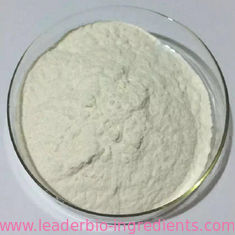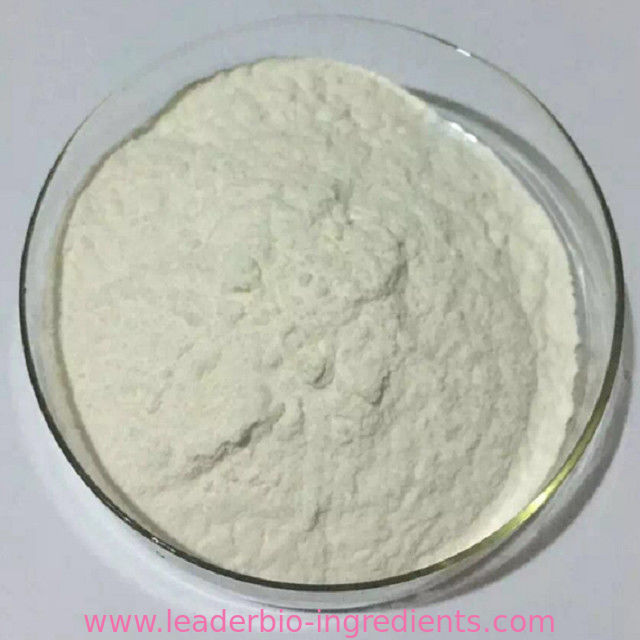| Anticancer Research |
It is an isothiocyanate compound found in cruciferous vegetables like broccoli,Brussels sprouts, and cabbages. It induces phase II drug metabolism enzymes ofxenobiotic transformation and enhances the transcription of tumor suppressionproteins. It promotes cytotoxicity in p53-deleted colon cancer cells by mitochondriaandlysosome-dependent cell death. Due to the effect of sulforaphane, Bax is alsobeing increased in the presence of inhibition of JNK-induced Bcl-2 followed bymitochondrial cytochrome-C release and activation of apoptosis. Self-renewal Wnt/β-catenin signaling pathway is downregulated by sulforaphane in breast cancer stemcells. It has been reported to inhibit the activity of histone deacetylase (HDAC) andto reduce the number of polyps in Apcmin/+ mouse by inhibiting AKT and ERKsignaling and protein expression of COX-2 and cyclin-D1. Sulforaphane alsoinhibits the growth of SW620 cells by inducing apoptosis (Clarke et al. 2008). Inhuman colon cancer cells (HT-29), sulforaphane showed increased dose-dependentluciferase activity of AP-1, induced JAK activity, and inhibited NF-κB luciferaseactivation induced by LPS. It is also reported to inhibit cellular proliferation and toinduce apoptosis. In HepG2 human hepatoma cells, sulforaphane significantlyinduces the expression of the Nrf-2 protein and activation of ARE-mediatedtranscription, delays Nrf-2 degradation by inhibition of Keap1, and activates theexpression of transcription of the antioxidant HO-1 enzyme. This activation of thetranscription is partially modulated by the signaling pathway of p38 MAPK, whilep38 MAPK phosphorylates Nrf-2 and improves the binding between the proteinsNrf-2 and Keap1. In the PC-3 cells of human prostate cancer, sulforaphanesuppresses the expression regulated by NF-κB and NF-κB signaling pathway by theIκBα and IKK pathways (Wang et al. 2012).
Sulforaphane strongly inhibits the expression of TNFα, IL-1β, COX-2, and iNOSand the expression of mRNA stimulated by LPS in the primary peritonealmacrophages of wild-type mouse. The expression of HO-1 is also increasedsignificantly. The anti-inflammatory effects have been mitigated in the primaryperitoneal macrophages of Nrf2 (?/?), and therefore the anti-inflammatory activityis mainly exerted by the Nrf2 pathway in mouse peritoneal macrophages.Sulforaphane induces detoxification enzymes metabolizing drugs via phase I(modification), phase II (conjugation), and phase III (further modification andexcretion) and also increases the expression of genes that detoxify directly theexogenous carcinogenic toxins, endogenous ROS, and the genes which can recognizeand repair damaged proteins (Wang et al. 2012). |

